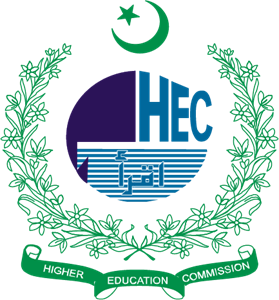Audit of CT head request appropriateness for patients referred from emergency department
DOI:
https://doi.org/10.52442/jrmi.v6i2.178Keywords:
Head, Tomography, Craniocerebral TraumaAbstract
Introduction: Considering the usefulness and relative ease of Computerized Tomography (CT) based diagnosis, the propensity to request it in the Emergency Room setting when at times it is not really indicated can become an issue.
Objective: To audit use of CT imaging in the emergency department of Rehman Medical Institute by evaluating the clinical practice for CT referral and compliance with clinical guidelines by NICE (National Institute for Health and Care Excellence).
Materials & Methods: This study was conducted at Radiology Department of Rehman Medical institute Peshawar in Oct-Dec 2019 on 100 patients referred for computed tomography (CT) head scans from the emergency department (ED), mostly performed outside normal working hours. Clinical record and CT reports of patients who had their CT head scans done between 1 January 2018 and September 2019 were reviewed. The imaging record of included patients was reproduced from the Picture Archiving and Communication system (PACS) and laboratory data were reviewed through the Hospital Management Information System (HMIS). Clinical details were reviewed to assess risk factors satisfying NICE criteria for a CT scan in those with head injuries. An urgent CT head scan request was deemed appropriate if it led to an immediate change in patient management. Appropriateness of the requests according to the various guidelines was also evaluated. The NICE guideline 176 was used as a standard of care. Data were entered and analyzed using Microsoft Excel.
Results: For suspected brain injuries at least one of the NICE criteria was fulfilled by 84 patients, and 3 or more criteria by 16 patients with a history of head injury; 81% scans were both requested and performed in afternoon and night (between 1700 hrs and 0800 hrs). Most (70) patients were males; ages of patients were from 1- 90 years, most being 51-60 years. Most common presenting complaint was altered consciousness (85%); 51% of the advised CT scans were reported normal, 10% had skull fractures (base 2%, vault 8%), 13% extra-axial hemorrhages, 7% contusions, 7% only scalp hematoma, 6% intracerebral hemorrhages. 2% had infarcts and 2% were cerebral abscesses. Common change in patient management included intracranial bleed requiring urgent neurosurgical intervention and hemorrhagic stroke being ruled out. CT head scans also facilitated early discharge of the patients with head injuries and headache from the hospital.
Conclusion: All (100%) patients had CT head in compliance with NICE guidelines and 81% of these were performed in off hours.
Keywords: Head; Tomography; Craniocerebral Trauma.




